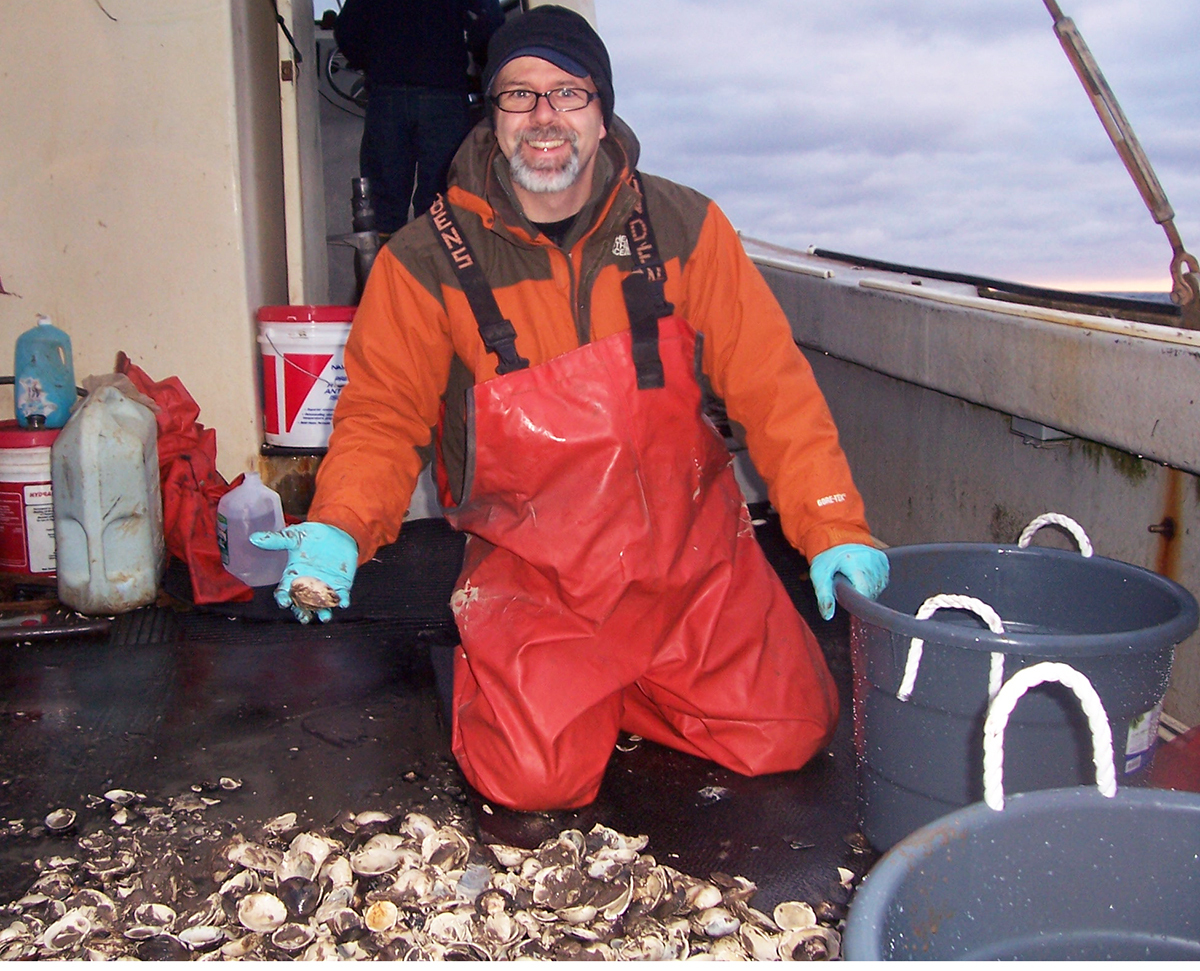
By combining seawater data taken from clam shells and thousands of climate simulations, researchers found that 900 years of cooling in the Gulf of Maine were suddenly reversed in the late 1800s.
Why did that happen?
The “recent, rapid ocean warming” was “likely due to increased atmospheric greenhouse gas concentrations and changes in western North Atlantic circulation,” the researchers wrote in a paper just published by the scientific journal Communications Earth & Environment.
Will that keep happening?
The researchers also wrote that because of projected increases in greenhouse gas concentrations, plus projected weakening of the ocean currents that continually mix warm surface water and cooler, deeper water, “this warming trend in the Gulf of Maine is likely to continue, leading to continued and potentially worsening ecologically and economically devastating temperature increases in the region in the future.”
You can read the full story at LAS News.
